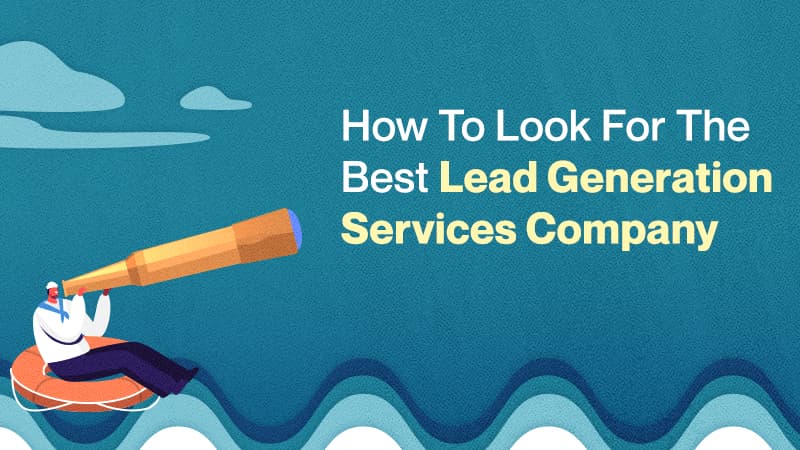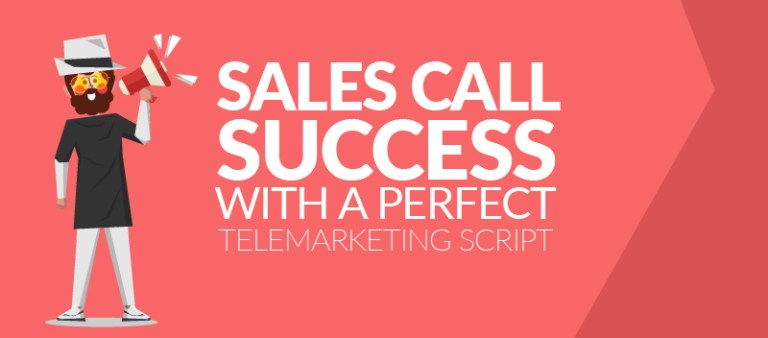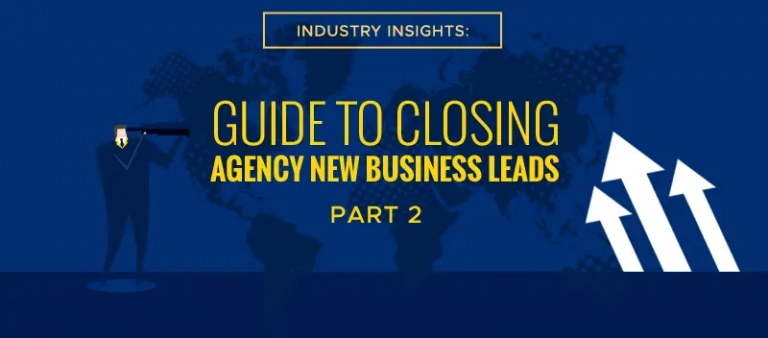Another year, another round of tradeshows. Whether it’s Dreamforce or a local industry meetup, tech marketers rely on live events to help them generate leads and drive revenues. But, like any other widely-used tactic, tradeshows tend to produce varying levels of success for different marketers.
Related: Get your First Tradeshow Clients with these Marketing Ideas
To make your exhibits stand out in 2018, we’re bringing you this neat little infographic from our latest free eBook. The visual showcases the biggest tech tradeshow trends you need to take into account when building your strategy.
The infographic is based on UBM’s 2017 Tech Event Marketing Insights Report which summarizes the survey responses from 220 business technology professionals.

- Three is the magic number
UBM’s survey finds that, on average, IT buyers attend three tradeshows each year. This means that tech marketers only get a few chances at meeting prospects face-to-face.
Tip: Make each opportunity count, starting with having the right event marketing ideas and an actionable tradeshow plan.
- Prospects seek out vendors they already know
The key to getting the right quality and quantity of booth visitors all boils down to one thing. You need to generate buzz around the event early. That means you should connect with attendees well before the opening day since 8 in 10 IT buyers say they prefer to visit booths of exhibitors they’re already familiar with.
Tip: Reach out to attendees months before the event. Use a combination of email, social media, and phone calls for your outreach. Also, try to leverage newer (but measurably effective) tactics for promoting your events, such as influencer marketing and native advertising.
Related: Thrice in a Row: Callbox Boosts Event Attendance Rates for CRM Market Leader
- Come for the offers, stay for the value
You’d be hard-pressed to find anyone who doesn’t like getting free stuff or discounts. That’s why exclusive offers remain a proven tactic for attracting event attendees. Around 92% of the respondents in the UBM study appreciate vendors who promote exhibits via discount codes.
But offers and discounts only haul attendees in. To drive conversations and conversions, your exhibit needs to deliver genuine value. UBM’s findings report that 77% of tech buyers rate product managers as the most helpful people in tradeshow booths. They want to meet subject matter experts, not just marketing and sales reps.
Tip: Use offers, coupons, and deals to give attendees a reason to visit. But make them stay by staffing your booth with people who understand your product and your target customers.
- Follow up, follow up, follow up
Anyone who took B2B event marketing 101 knows the power of timely follow-ups. But how soon should you reach out to your tradeshow leads after the event? The UBM survey notes that 79% of IT buyers think 1 to 2 weeks is an appropriate time window.
The study also finds that more than a third of IT prospects want to receive further information after an event, while another 38% expect a post-tradeshow email from a sales rep.
Tip: Follow up, by all means, follow up. Use your past results and experience to figure exactly when and how to do this. But if you only have limited event marketing experience to draw from, start with UBM’s findings as your guideline.
Related: The 5 to 5 Calling Rule for Inbound Leads (That Generated Over 40% Increase in Sales)
- One-on-one is still #1
If you need further proof that tradeshows work, then consider this: 56% of IT buyers contact a vendor after seeing them at an event, while 54% turned into customers following a tradeshow. Of course, tradeshow success comes in other forms, too. Marketers gauge events by new referrals/introductions, lead quality/quantity, won deals, the value of sales, and upsell/cross-sell opportunities.
Tip: Take a look at the tactics we followed to boost our campaign ROI at Dreamforce 2016. With our strategy, the Callbox team was able to generate:
- 55 inquiries
- 12 signups
- 3 appointments scheduled
- 2 contracts signed
That’s the power of tradeshows done right. There’s no other marketing channel that brings you up close and personal with potential customers. No matter how digitally connected the world becomes, there’s just no substitute for an in-person handshake.




